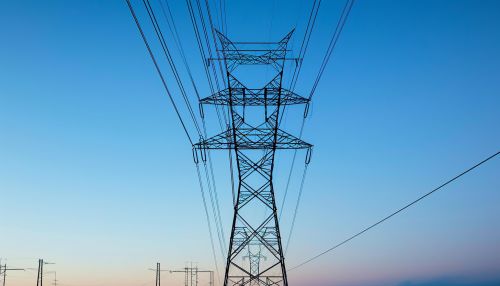High Tension
Introduction
High tension, often referred to as high-voltage, is a term used in electrical engineering to describe electrical systems that operate at a voltage significantly above the standard service voltage. These systems are typically used in power transmission, industrial processes, and scientific research.
Understanding High Tension
High tension is a term that originated from the early days of electrical power systems. The term "tension" was used to describe the potential energy stored in an electrical system, which could be released to perform work. As electrical systems evolved and became more complex, the term "high tension" was used to describe systems that operated at significantly higher voltages than standard service voltage.
High Tension in Power Transmission
In power transmission, high tension is used to transmit electrical power over long distances. The use of high voltage reduces the amount of power lost due to resistance, which increases with the length of the transmission line. This allows power plants to be located further away from the areas they serve, reducing the impact on populated areas and allowing for the use of renewable energy sources that may be located in remote areas.


High Tension in Industrial Processes
High tension is also used in various industrial processes. For example, in the production of aluminium, high voltage is used to break down the chemical bonds in aluminium oxide, releasing pure aluminium. Other industries that use high tension include steel production, where high voltage is used to heat furnaces, and the chemical industry, where high voltage is used in various chemical reactions.
High Tension in Scientific Research
In scientific research, high tension is used in a variety of applications. For example, in particle accelerators, high voltage is used to accelerate particles to high speeds, allowing scientists to study the fundamental properties of matter. High tension is also used in medical imaging, where high voltage is used to produce X-rays, and in nuclear research, where high voltage is used to initiate nuclear reactions.
Safety Considerations
Working with high tension systems requires a thorough understanding of electrical safety. High voltage can cause serious injury or death, so it is important to follow all safety procedures when working with these systems. This includes using appropriate personal protective equipment, following lockout/tagout procedures, and ensuring that all equipment is properly grounded.
Conclusion
High tension is a critical component of modern electrical systems. It allows for the efficient transmission of power over long distances, enables a variety of industrial processes, and is used in scientific research. However, working with high tension systems requires a thorough understanding of electrical safety to prevent injury.
